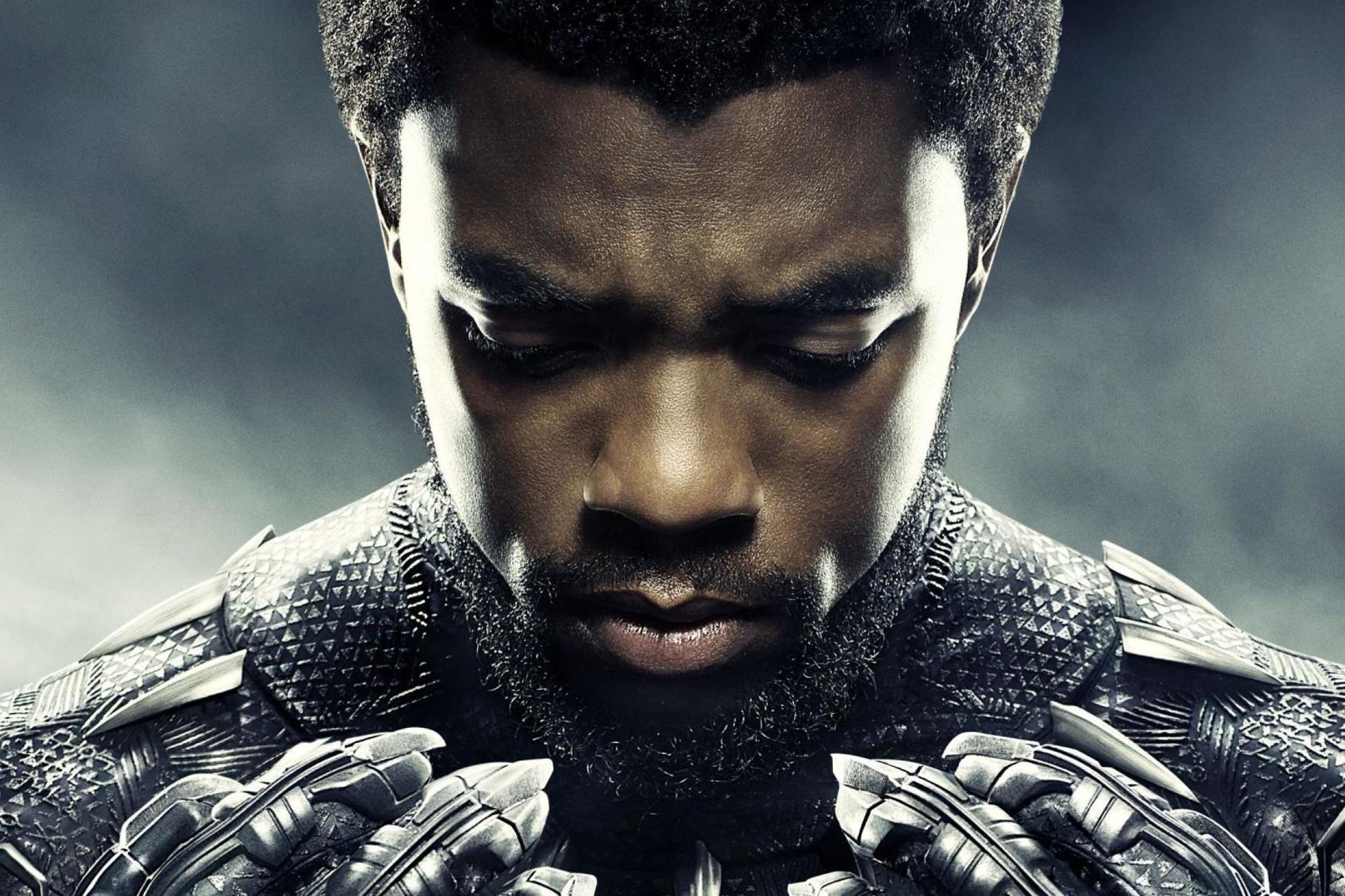Stan Lee was the most important man the American comics industry ever produced. Through talent, chutzpah and sheer hard work, he built a publishing powerhouse out of a clapped out shell of a company and co-created Spider-Man, the Hulk and the X-Men, along with a cavalcade of other costumed stars of page and screen. Along the way, he created a pop culture phenomenon (Marvel Comics) and recreated a comics genre (superheroes) that rules at the box office to this day.
In 1960, the American comics industry was a shadow of its former self, after a decade of haemorrhaging readers to television. Lee, writer-editor at failing Marvel Comics, a marginal outpost of Martin Goodman’s magazine publishing empire, was instructed by Goodman to come up with a rival to its arch competitors National Comics’ latest success story, the Justice League of America; a teamup title showcasing all its leading superheroes. There were just two catches: Marvel had no established characters to draw on and it looked as if it soon wasn’t going to have Lee either.
After 20 years of loyal service at Marvel (and its previous incarnations as Timely Publications and Atlas Comics), Lee was on the verge of quitting the business, fed up with hacking out puerile plots in service of the latest comic trend. He still had ambitions to write “proper” novels (and, in fact, had adopted the nom de plume Stan Lee for his comics work so that his birth surname of Lieber wouldn’t be tarnished by association). However, he was convinced by his wife Joan to take one make-or-break gamble at crafting a superhero comic the way he thought it should be done. On the plus side, he had some of the best artists in the industry at his disposal, notably the formidable creative genius Jack “King” Kirby and the talented youngster Steve Ditko.
Lee’s new series, the Fantastic Four, featured a quartet of science-fictional adventurers with a range of superpowers implausibly acquired through radiation. However, the X factor was his innovative portrayal of these heroes as flawed human beings rather than perfect archetypes: right from the off, they bickered and fought amongst themselves, they had foibles, they were fallible. They had character by the bucket load.

In addition, Lee stripped away the tried and tired conventions of the secret identity (their identities were public knowledge), the hero’s girlfriend kept perpetually in the dark and the kid sidekick (both were fully fledged members of the team). And topping it all were Kirby’s stunning character designs and visuals, although his contribution to the plots remains a matter of bitter dispute.
Fantastic Four #1 hit the newsstands in 1961, to an overwhelmingly positive reaction from fans. Over the ensuing four years the Lee-Kirby partnership repeatedly tapped into the zeitgeist with a string of chart topping titles, including the Incredible Hulk (a radiation-spawned variant on the Jekyll and Hyde theme), the Mighty Thor (a slice of Norse mythology), and the X-Men (an allegory for America’s racial turmoil, and ironically the only Lee-Kirby commercial flop). But the brightest star in the Marvel universe was one with little input from Kirby: the Amazing Spider-Man, the brainchild of Lee and Ditko.
‘Spidey’ quickly became the company’s flagship character and a cultural icon. From then on, Goodman rarely overrode Lee’s judgement
Spider-Man was Peter Parker, a high school science swot with an extra helping of adolescent angst, who gained an enhanced “spider sense”, super-strength and wall-crawling abilities from an irradiated spider bite. Goodman resisted publishing him for several reasons: his name (“People hate spiders”), his age (“A teenager can’t be the hero, teenagers can just be sidekicks”) and his financial problems and family worries (“Stan, don’t you know what a hero is? That’s no way to do a heroic book!”).
Convinced that sales figures alone would win over his boss, Lee cover featured the webslinger in a comic book that was due to be cancelled anyway. Sure enough, Amazing Fantasy #15, dated August 1962, was Marvel’s bestselling title in months, and Goodman gave the go-ahead for a regular series. “Spidey” quickly became the company’s flagship character and a cultural icon. From then on, Goodman rarely overrode Lee’s judgement.

Lee by now was frantically busy, writing several stories a week and editing 16 bimonthly titles. To squeeze it all in, he developed a shorthand way of writing comics, later identified as the “Marvel Method”. In place of full scripts that dictated every panel to the artist, he would present a synopsis of the plot, sometimes down the phone, for the artist to interpret in his or her own fashion. The writer would then add dialogue to the drawn result.
In addition, even the lightning-fast Kirby couldn’t draw more than three regular strips a month (Ditko only drew two). Lee needed extra hands on the drawing boards as the workload exploded, so he recruited many artists who had fled the industry during the cutbacks of the Fifties, including John Buscema, John Romita, Gene Colan and Don Heck, as well as younger talents such as Jim Steranko, Neal Adams, Barry Windsor-Smith and the writer Roy Thomas.
Lee also excelled at publicity, ceaselessly promoting both the brand (“The House of Ideas”) and himself. Ditching the industry-wide anonymous editorial approach, he stuck his tag line at the front of every comic (“Stan Lee Presents...”), doled out alliterative nicknames to every creator (“Jolly” Jack, “Rascally” Roy and of course, “Smilin’” Stan – also known as “Stan the Man”) and ballyhooed the latest delights in his campily tongue-in-cheek monthly column (“Stan’s Soapbox”).
He introduced letters pages (previously a rarity), corny catchphrases (“Make Mine Marvel!”, “Nuff said!” and the personally copyrighted “Excelsior!”) and fan clubs (the MMMS – the Merry Marvel Marching Society – and FOOM – Friends of Ol’ Marvel), and awarded “No-Prizes” to “True Believers” who spotted errors.
Long before Stan the Man, however, came Stanley Martin Lieber, the son of impoverished Jewish Romanian immigrants in the Bronx district of New York, with a passion for pulp novels and movie fantasies (Errol Flynn was a particular favourite). Leaving school at 17, he took on part time, dead end jobs (one of them was writing obituaries), before his uncle found him a permanent niche in late 1940 at Timely, initially as assistant to the editor Joe Simon and art director Kirby.

When Simon and Kirby fell out with Goodman in 1941, Lee was promoted to acting editor of the entire line, while supplementing his salary by pounding out two or three scripts a week on the side. Even the Second World War didn’t put a dent in his output: between 1942 and 1945 Sgt Lee wrote and drew training manuals and posters for the US army signal corps, while writing comic scripts off duty. Back on civvy street, he resumed the editorial reins and over the next 15 years was to oversee Timely’s expansion and contraction, at one point being the sole member of staff.
By the end of the 1960s, Marvel was booming, but the old order was about to change again: Goodman sold out to a conglomerate in 1968, Kirby left the company in 1970 and Lee was appointed publisher in March 1972, shedding his writing and editorial commitments (except for the daily Spider-Man newspaper cartoon and the odd book). He had become a celebrity, much in demand on college campuses and radio and TV stations, and was to spend the rest of the decade as Marvel’s roving ambassador.
Typical of Lee’s unique brand of faux humility, when a fan gushed to the great man: ‘You are my god, I love you.’ Lee retorted: ‘I admire your taste’
In 1980 he moved to Los Angeles to set up Marvel’s animation studio and act as the company’s Hollywood liaison. It was a quiet decade out of the spotlight, advising on a string of low budget productions, which even he later admitted were mostly stinkers. (Pre-1990, the only Marvel screen spin-off of any worth was CBS’s live action television series The Incredible Hulk, launched in 1978.)
However, in 1998, with a newly inked, non-exclusive contract with the publisher in his pocket, a reinvigorated Lee seized the chance to relaunch his creative career. His first venture, Stan Lee Media, an internet-based operation, fizzled out in 2001 in bankruptcy and a fraud conviction for his co-founder, Peter Paul.
Next came a limited series for DC Comics (formerly National) under the umbrella title Just Imagine... in which he reinvented its big-name stars like Superman and Batman. A collaboration with Pamela Anderson in 2003 produced the goofy, Anderson-spoofing Stripperella animation series. In 2005 came another television production company, POW! (Purveyors of Wonder) Entertainment, whose first film, Stan Lee’s Lightspeed, was broadcast in 2006. Earlier this year he dropped a lawsuit against POW! over claims he had been duped into signing a document giving away the rights to his name.

Again in 2006, in an inspired, why-didn’t-they-think-of-this-before move, he devised and presented a reality television show for the American Sci-Fi Network called Who Wants to Be a Superhero? The prize was to star in a comic scripted by Lee. Typical of Lee’s unique brand of faux humility was his response to a would-be contestant on Who Wants to Be a Superhero? The fan gushed to the great man: “You are my god, I love you.” Lee retorted: “I admire your taste.”
In 2005, Lee sued Marvel for more than $10m of the profits from its Hollywood epics (in which, Hitchcock-like, he always played cameo roles) made at the turn of the century. He won – and then, dubbing the courtroom battle “amicable”, wrote a line of comics for them entitled Stan Lee Meets… to celebrate his 65 years in the business in 2006.
The Marvel films would continue to be consistent hits at the box office over the next decade, with Black Panther taking more than $1bn earlier this year.
Lee’s wife, Joan (née Boocock), who he married in 1947, died on 6 July 2017. He is survived by his daughter Joan Celia “JC” Lee.
Stanley Martin Lieber (Stan Lee), comics writer, editor and publisher, born 28 December 1922, died 12 November 2018







